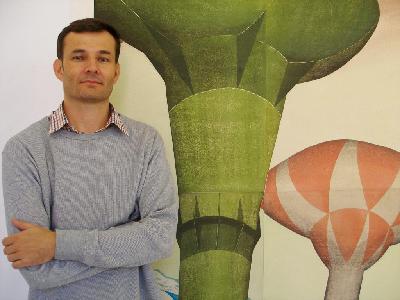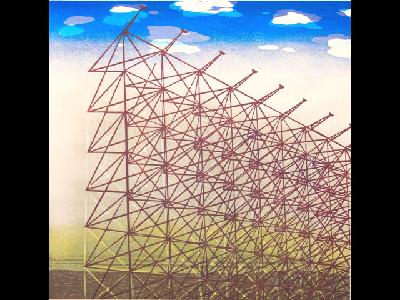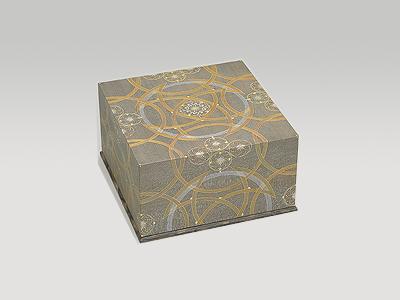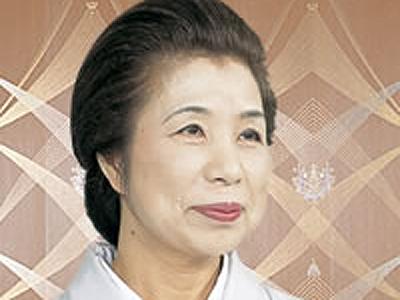|
Ralph Kiggell is a British artist who was born in Zambia in 1960. He is a woodblock printer, whose work is strongly influenced by East Asia.
Since he was a child, he had always been interested in Japanese woodblock prints. Works by masters such as HOkusai and Utamaro could be seen periodically in special exhibitions at the British Museum in London.
In 1990, Ralph Kiggell came to Japan to study woodblock printing. He first studied at the Yoshida Hanga Academy in Tokyo under Tsukasa Yoshida, the son of Toshi Yoshida, and the grandson of Hiroshi Yoshida. Later, he learned contemporary woodblock printing techniques at Kyoto Seika University and at Tokyo’s Tama Art University.
Kiggell enjoys the sensitivity of Japanese woodblock printing, because the whole process is carried out by hand using hand-made and natural materials. There is an organic connection from hand to wood to paper. Kiggell thinks that in the digital age that we live in, woodblock printing has particular resonance as an important medium for contemporary artistic expression.
Since he was a child, he had always been interested in Japanese woodblock prints. Works by masters such as HOkusai and Utamaro could be seen periodically in special exhibitions at the British Museum in London.
In 1990, Ralph Kiggell came to Japan to study woodblock printing. He first studied at the Yoshida Hanga Academy in Tokyo under Tsukasa Yoshida, the son of Toshi Yoshida, and the grandson of Hiroshi Yoshida. Later, he learned contemporary woodblock printing techniques at Kyoto Seika University and at Tokyo’s Tama Art University.
Kiggell enjoys the sensitivity of Japanese woodblock printing, because the whole process is carried out by hand using hand-made and natural materials. There is an organic connection from hand to wood to paper. Kiggell thinks that in the digital age that we live in, woodblock printing has particular resonance as an important medium for contemporary artistic expression.
| [+ADDRESS] | 
|















